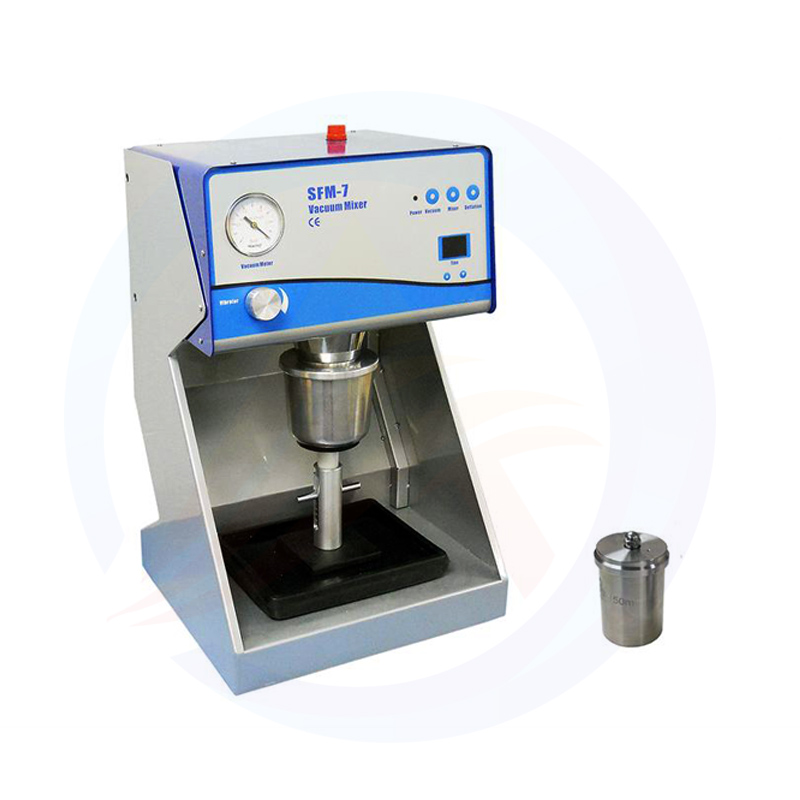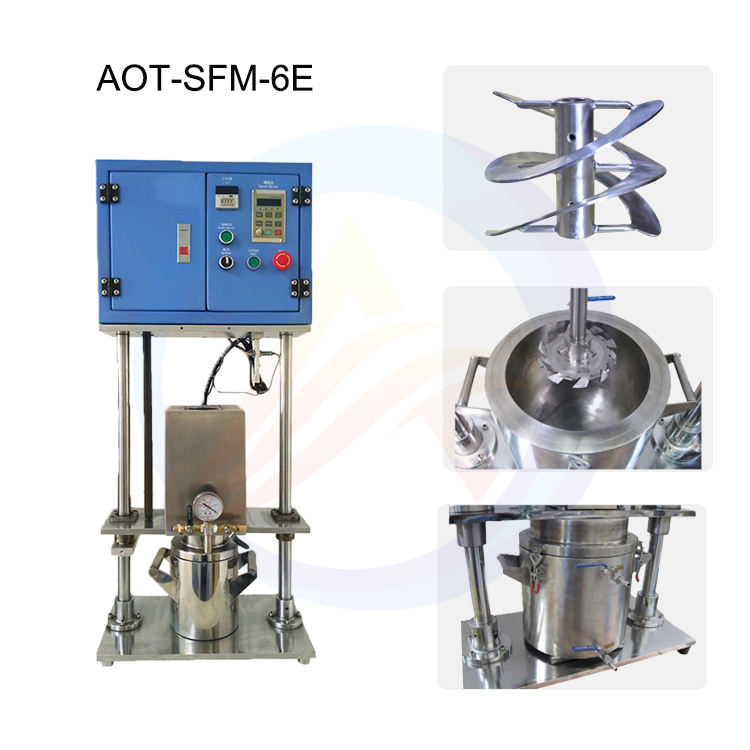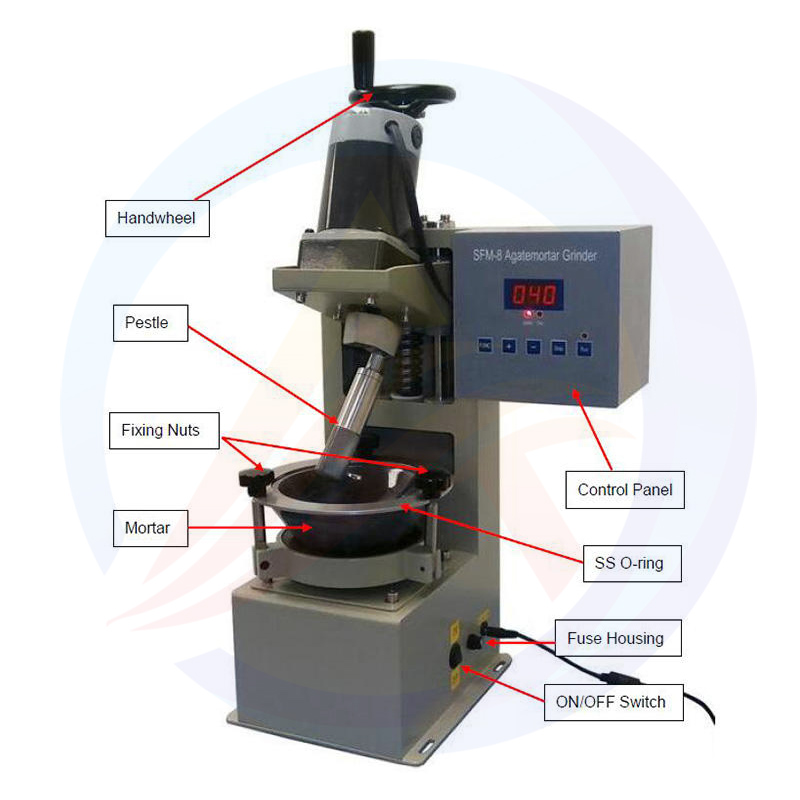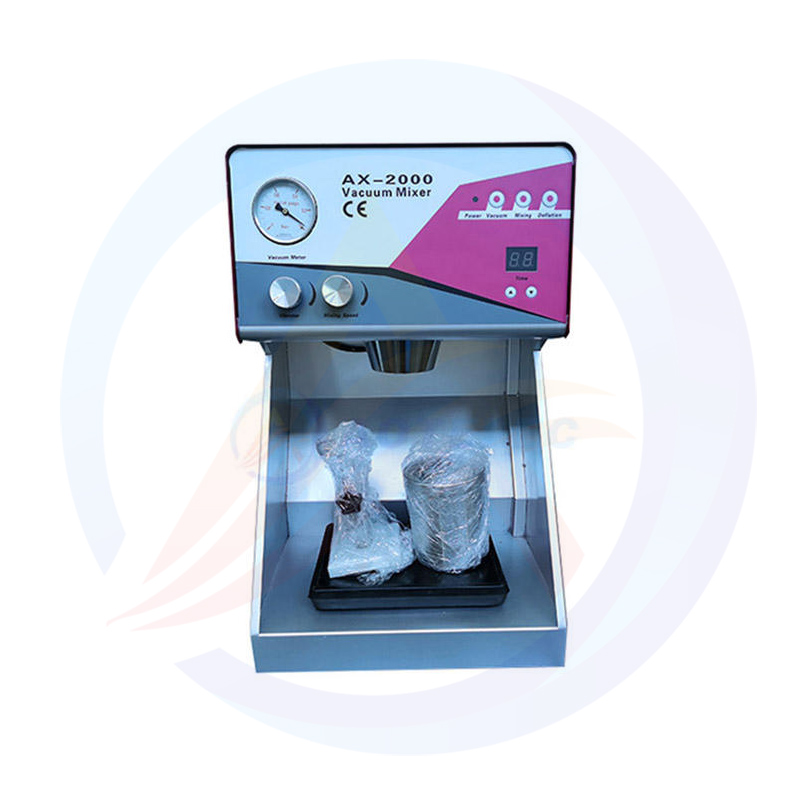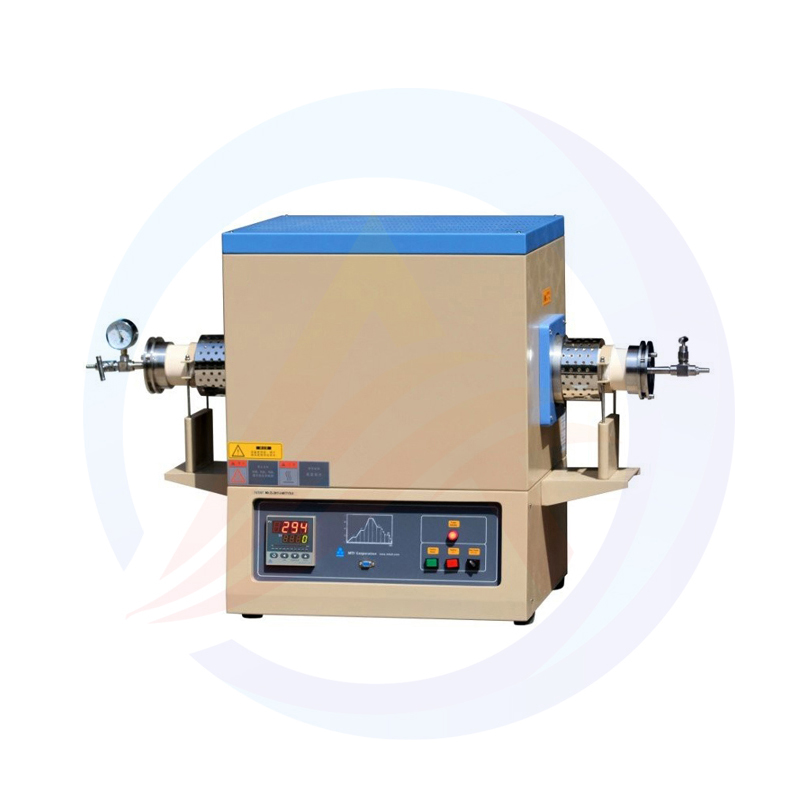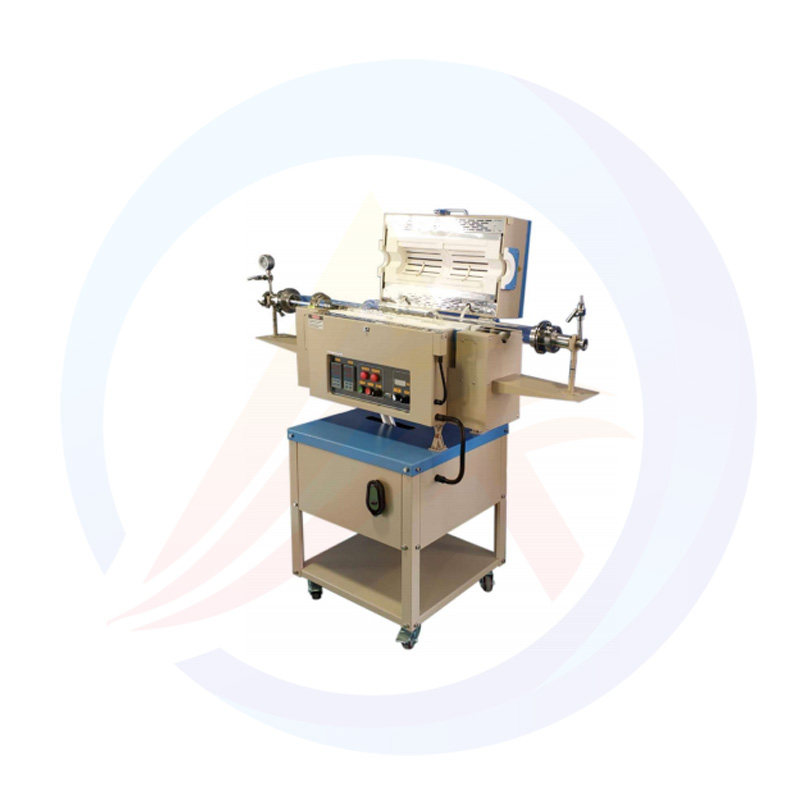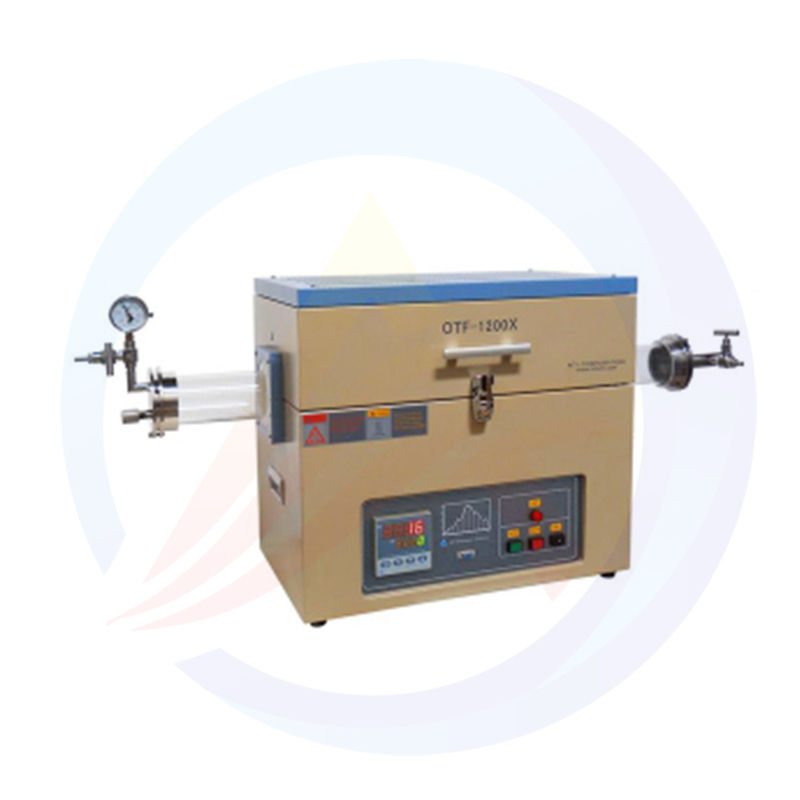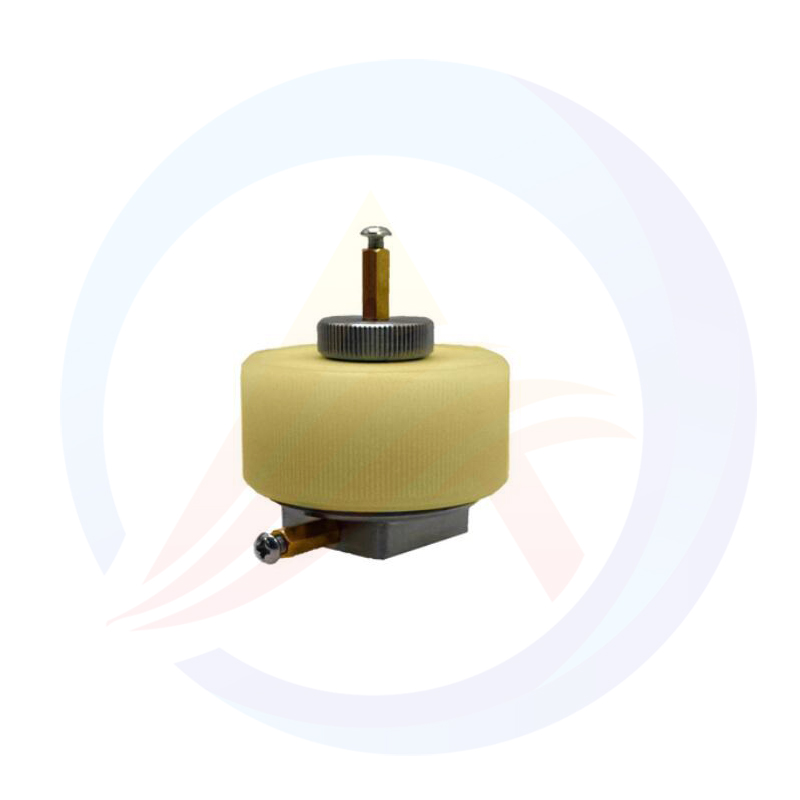Vacuum Mixer Machine for Mixing Battery Material
A vacuum mixer machine is a specialized equipment used for mixing battery materials in a controlled environment. It is commonly used in the manufacturing of various types of batteries, including lithium-ion batteries.
The vacuum mixer machine consists of a mixing chamber or vessel that is capable of maintaining a vacuum environment. It is designed to prevent the introduction of air or moisture during the mixing process, as these can adversely impact the quality and performance of battery materials.
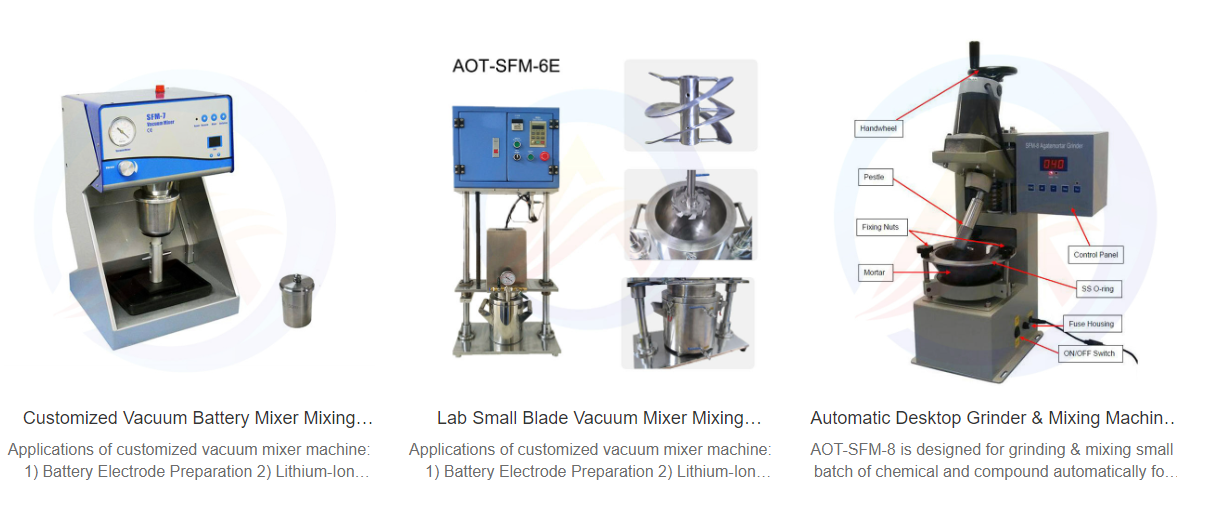
The main components of a vacuum mixer machine for battery material mixing include:
1. Mixing Chamber: This is a closed vessel where the mixing of battery materials takes place. The chamber is constructed to withstand the vacuum and is typically made from stainless steel or other corrosion-resistant materials.
2. Mixing Mechanism: The machine includes a mixing mechanism, such as an agitator or stirrer, to facilitate the blending and homogenization of battery materials. The mixing element ensures all constituents are uniformly combined.
3. Vacuum System: The vacuum system creates and maintains the required vacuum environment within the mixing chamber. It includes vacuum pumps, valves, and controls to regulate the vacuum level during the mixing process.
4. Heating/Cooling System: Many vacuum mixer machines incorporate a heating or cooling system to control the temperature of the battery materials during mixing. This temperature control is crucial for optimizing the mixing process and ensuring the desired material properties.
5. Safety Features: Vacuum mixer machines may have safety features like pressure relief valves, emergency stop buttons, and automatic alarms to protect operators and prevent damage to the equipment.
The battery material mixing process using a vacuum mixer machine typically involves placing the required battery materials into the mixing chamber, sealing the chamber, initiating the vacuum, and then starting the mixing operation. The vacuum environment helps prevent the formation of bubbles or air pockets in the mixed materials and ensures high-quality homogeneous blends.
Vacuum Mixer Machine for Mixing Battery Material, also known as a vacuum blender or vacuum agitator, is a specialized piece of equipment designed for the mixing of battery materials under vacuum conditions. This technology ensures optimal mixing performance while minimizing the risk of contamination and oxidation, which are crucial factors in the production of high-quality batteries.
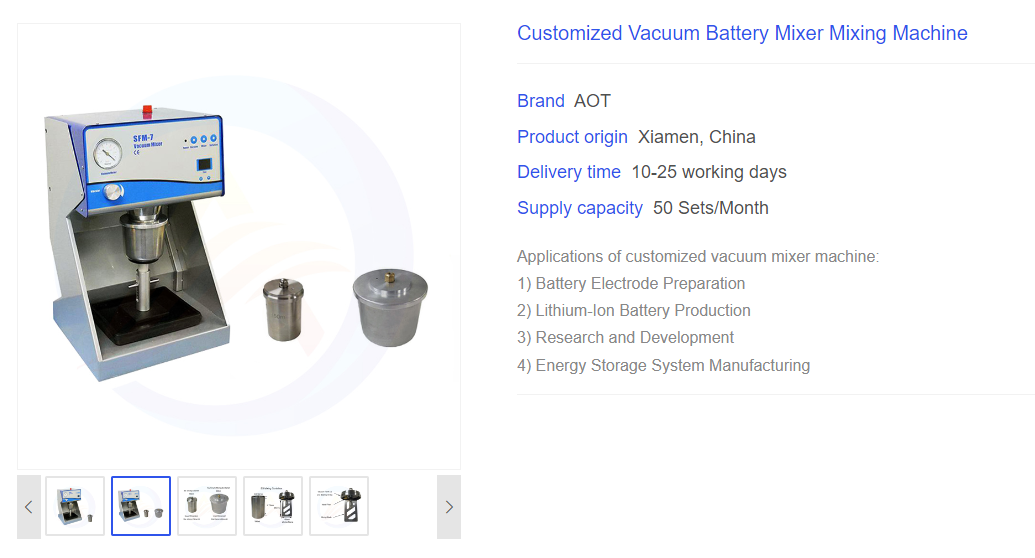
Key Features and Advantages
1. Vacuum Environment:
The vacuum mixer operates within a sealed chamber that is evacuated to a specified vacuum level. This eliminates the presence of air and oxygen, preventing oxidation of the battery materials and ensuring a clean mixing environment.
2. Efficient Mixing:
Equipped with advanced stirring mechanisms, the vacuum mixer ensures thorough and uniform mixing of battery materials. This includes active materials, binders, solvents, and other additives necessary for the battery slurry.
3. Solvent Recovery:
In many cases, the vacuum mixer is designed to recover volatile solvents used in the mixing process. This not only reduces waste but also minimizes environmental impact and potential hazards associated with solvent disposal.
4. Temperature Control:
To maintain optimal mixing conditions, the vacuum mixer often incorporates temperature control systems. This allows for precise adjustment of the mixing temperature, ensuring that the battery materials are mixed at the ideal temperature for optimal performance.
5. Versatility:
Vacuum mixers for battery material mixing are versatile and can be adapted to handle a wide range of materials and formulations. They are commonly used in the production of lithium-ion batteries, but can also be applied to other types of batteries such as sodium-ion or lead-acid batteries.
Mixing Process
The mixing process typically involves the following steps:
1. Material Preparation:
The required battery materials, including active materials, binders, solvents, and additives, are weighed and prepared for mixing.
2. Loading into the Mixer:
The prepared materials are loaded into the vacuum mixer's mixing chamber.
3. Evacuating the Chamber:
The mixing chamber is evacuated to the desired vacuum level, eliminating air and oxygen from the mixing environment.
4. Mixing:
The stirring mechanism is activated, and the materials are mixed until they reach the desired level of uniformity.
5. Solvent Recovery (if applicable):
If solvent recovery is enabled, the volatile solvents are captured and recovered during the mixing process.
6. Discharging the Mixture:
Once the mixing is complete, the mixture is discharged from the mixing chamber and ready for further processing.
Vacuum Mixer Machine, also known as Vacuum Blender or Vacuum Agitator, has specific and critical applications in battery material mixing. Here are the key scenarios where it is utilized:
1. Mixing of Cathode and Anode Materials
Application Details:
Cathode Materials: Vacuum Mixer Machines are employed to blend cathode active materials (such as Lithium Cobalt Oxide, Lithium Nickel Manganese Cobalt Oxide, Lithium Iron Phosphate, etc.), conductive agents (e.g., carbon black, graphite), and binders (like PVDF) into a uniform slurry. This slurry is then coated onto the current collector to form the cathode of the battery.
Anode Materials: Similarly, these machines mix anode active materials (like graphite, silicon-based materials) with conductive agents and binders to create the anode slurry.
Advantages:
The vacuum environment prevents oxidation of the materials, ensuring their stability and performance.
Efficient mixing technology ensures material homogeneity, improving battery consistency and cycle life.
2. Solid-State Battery Material Mixing
Application Details:
Solid-state batteries, as the next-generation battery technology, also require Vacuum Mixer Machines for material mixing. This includes blending solid electrolytes, cathode and anode active materials to prepare key components of solid-state batteries.
Advantages:
The vacuum environment minimizes the impact of impurities and moisture on solid-state battery materials, enhancing safety and performance.
Precise mixing control optimizes the structure and performance of solid-state batteries.
3. Battery Slurry Preparation
Application Details:
In the slurry preparation process, Vacuum Mixer Machines combine active materials, conductive agents, binders, and solvents into a uniform slurry. This slurry is then coated onto the current collector to form battery electrodes.
Advantages:
The vacuum environment helps remove bubbles from the slurry, improving electrode density and smoothness.
Efficient mixing ensures slurry homogeneity, which translates to better battery performance and reliability.
4. Research and Development in Battery Materials
Application Details:
In the research and development phase, Vacuum Mixer Machines are used to prepare small-batch, high-precision battery material samples. This enables researchers to quickly evaluate the impact of different material combinations and process parameters on battery performance.
Advantages:
Precise mixing control allows researchers to accurately adjust material ratios and mixing degrees.
The vacuum environment reduces experimental interference, enhancing the accuracy and reliability of test results.
Overall, Vacuum Mixer Machines play a pivotal role in battery material mixing by improving mixing efficiency, homogeneity, and preventing material oxidation. Their applications span from traditional lithium-ion batteries to emerging solid-state battery technologies, and are essential for advancing battery performance and reliability.

